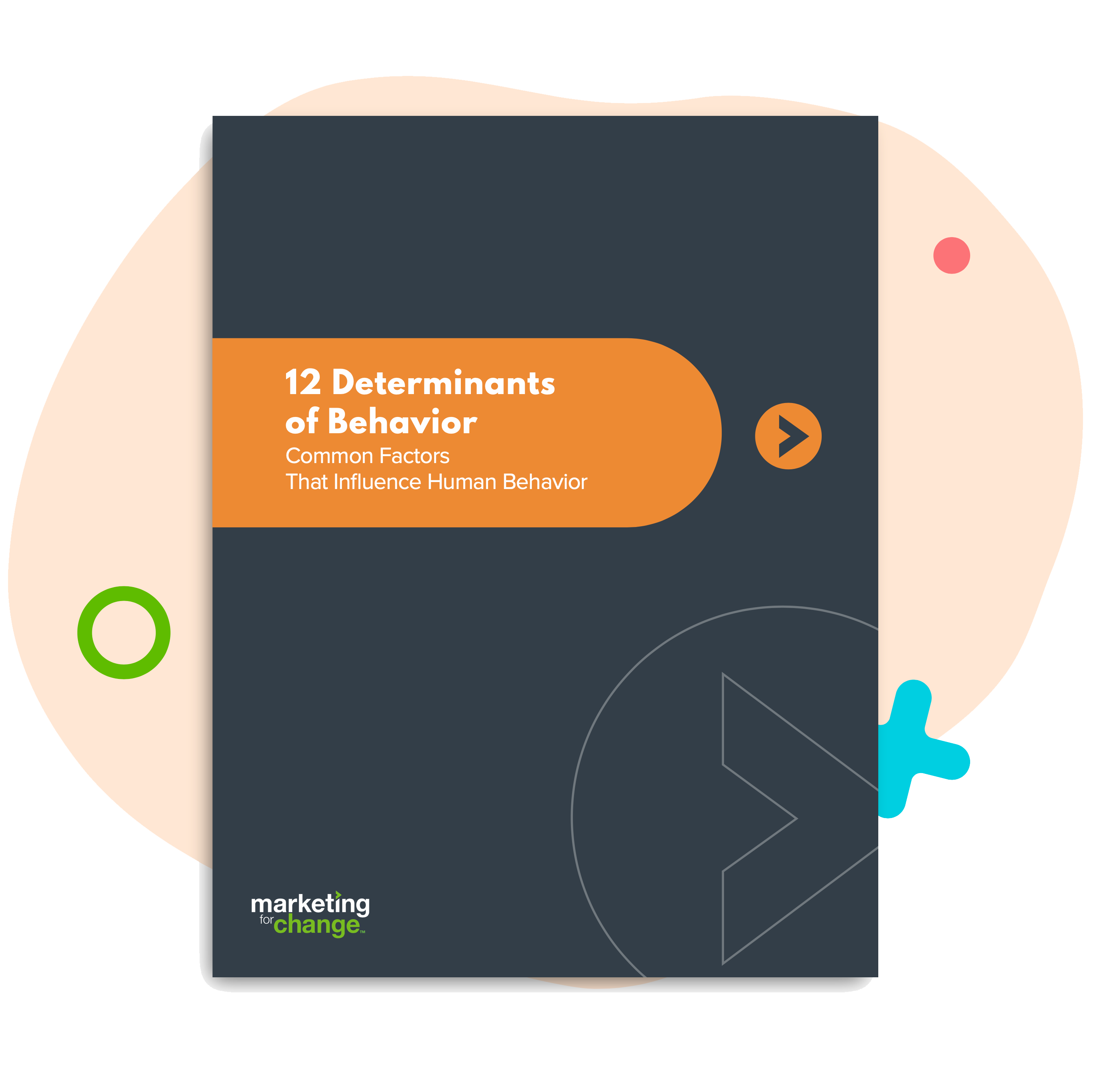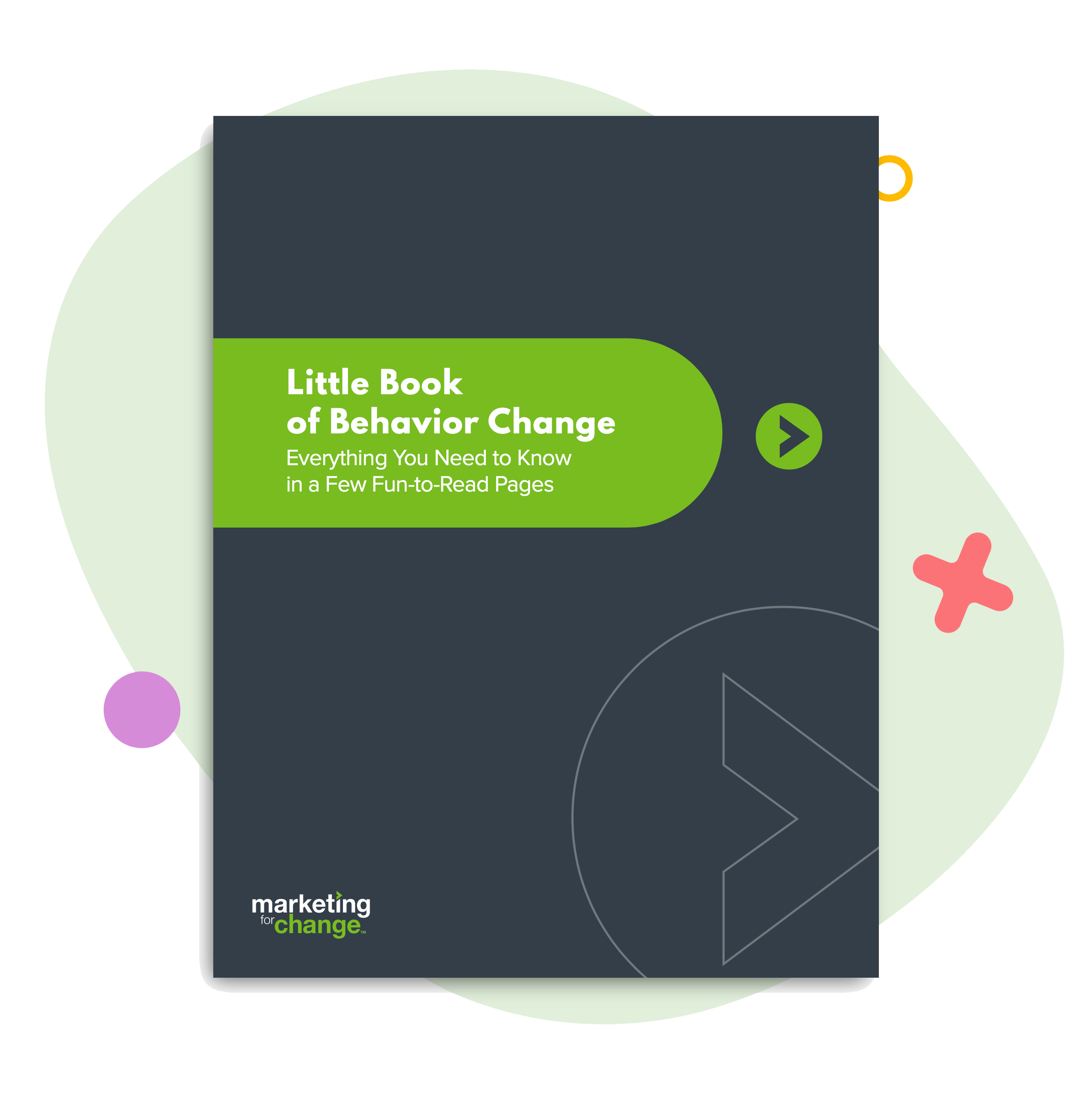
Listening for the Cowboy: Finding What Moves People
In 1955, the legendary Chicago ad man Leo Burnett wrote to the advertising director at Philip Morris to defend his agency’s hold on a new account — Marlboro cigarettes.
The dispute broke down along classic agency-client lines: A creative pushing for something new; a client questioning the risk. Today, nearly seven decades later, it’s still worth revisiting. Burnett may have been pitching cigarettes. But his reasoning holds lessons for today’s public health campaigns.
So let’s turn back the clock. This was the 1950s. The health risks of smoking were in the headlines, driving smokers away from traditional unfiltered cigarettes and into filtered ones. Filtered cigarette sales had tripled. Marlboro was Philip Morris’s flagship brand in that category. Philip Morris executives wanted their advertising to focus on the cigarette’s fancy new filter.
Not Burnett. He wanted to give Marlboro “a personality” using images of rugged men “carefully selected to appeal to both sexes” that would “give our advertising virility without vulgarity, and quality without snobbery.” One of the most memorable featured a cowboy.
Each advertisement carried a simple label: “The Marlboro Man.”
At the time, the move seemed insane. The ads had not even tested well, and the resistance continued even after the initial set of ads got the green light. In the early 1960s, when brand manager John Landry proposed exclusively featuring the cowboy as part of a “Marlboro Country” campaign, detractors told him the cowboy focus would be “too macho,” too limited in scope and not appealing to women.1 Some researchers argued it would kill the brand in a matter of years.2
Remember people were seeking filters. Marlboro’s filter required 55 patents. But Burnett saw what the company did not: The filter was a good feature, but a marketing dead end. “People who have fears resent being reminded of those fears,” he noted.
Cowboys were the future.
Leo Burnett wanted to focus on why people smoked in the first place. By doing so, he made history. Ad Age would call the Marlboro Man the most powerful brand image of the century. It sold many times more cigarettes than those focused on filters.
Of course, cigarettes also killed a lot of people. But this lesson — seeing the cowboy when everyone else is fixated on the filter — is one we can all learn from. Even the tobacco industry’s enemies in public health.
It’s alluring to position your target behavior as a path to risk reduction. But it’s also limiting. Just as there were many filtered cigarettes in the 1950s, there are many ways to reduce the risk of cancer or heart attacks or obesity or whatever. We’re not going to do them all, and comparing them is confusing and boring. Sometimes, you have to put aside risk reduction and think about what people are seeking — not just what they need, but what they want.
At Marketing for Change, we put it this way: “What are people shopping for?”
The concept is really pretty simple. We identify specific audience “needs states” (big picture wants and needs, like belonging) and “jobs-to-be-done” (specific tasks people want to complete, as first conceptualized in commercial marketing by Harvard Business School professor Clayton Christensen).
Then we look at how our target behavior can be positioned to help. Instead of asking ‘why should people do [the target behavior]?’, we ask, ‘how can [the target behavior] help people fulfill their existing wants, needs and aspirations?’
The filter is what we need. The cowboy is what we want to be.
The approach sold a ton of cigarettes. Let’s leverage the same idea to improve a ton of lives.
1 John Landry interview by Scott Ellsworth in 1986. Marlboro Oral History and Documentation Project. Archives Center, National Museum of American History.
2 I first came across a description of the research questioning the Marlboro Man’s potential in Richard Klugers’s excellent account of the rise of Big Tobacco, Ashes to Ashes.

Peter is the founder & chief insights officer of Marketing for Change.






